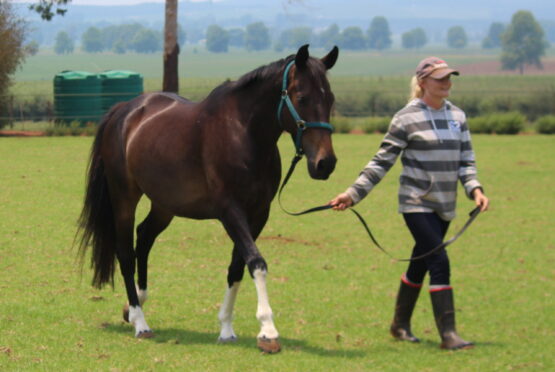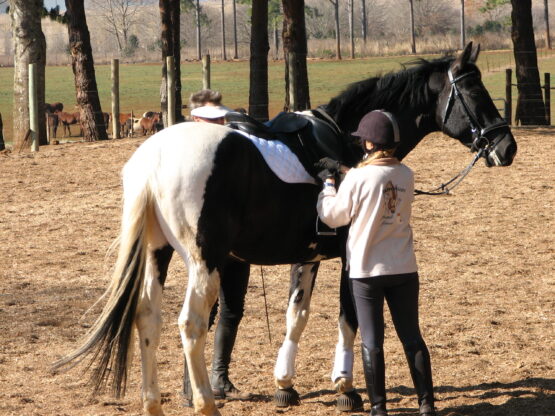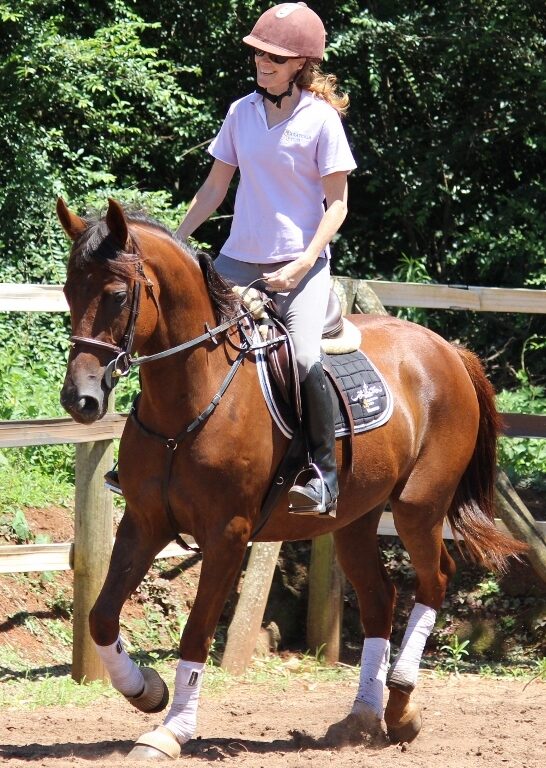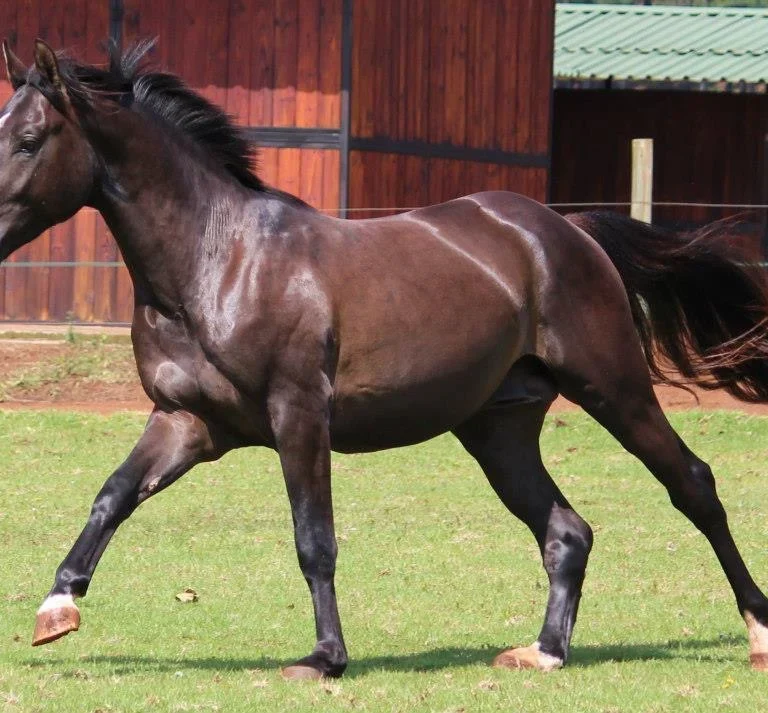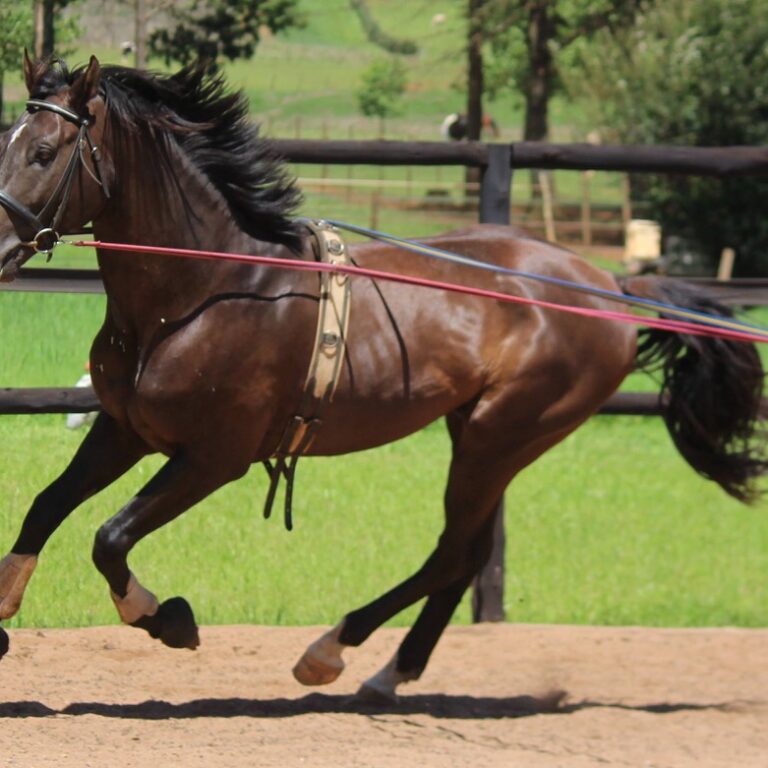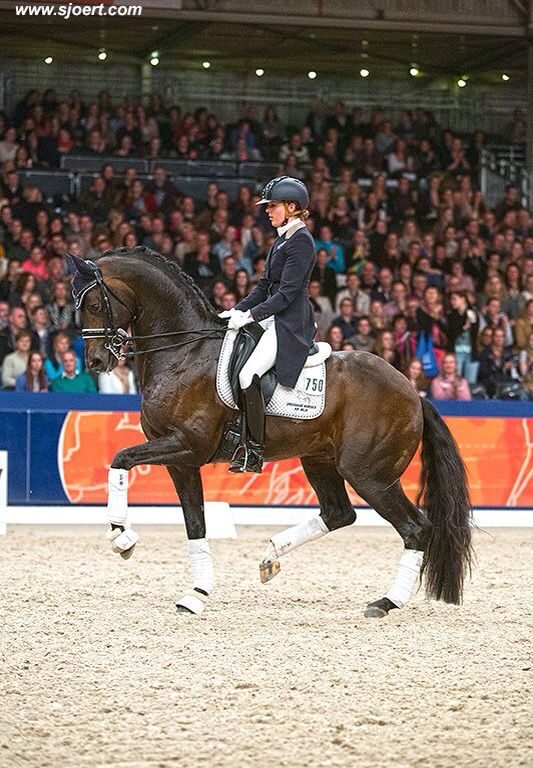Mastering the Basics: Effective Leading Exercises for Horse Training
Horse training is a rewarding and challenging endeavor that requires patience, skill, and a deep understanding of equine behavior. One of the most important aspects of horse training is mastering the basics, including leading exercises. Effective leading exercises can help establish trust, respect, and communication between you and your horse, making training sessions more productive and enjoyable for both of you.
Whether you’re a new or experienced horse owner, the following exercises will help you build a strong foundation for your horse’s training and improve your overall horsemanship skills.
The Importance of Leading Exercises
Leading exercises are an essential component of horse training, as they lay the foundation for a successful partnership between horse and handler. By mastering leading exercises, handlers can establish trust, respect, and communication with their horse. When a horse trusts and respects their handler, they are more likely to follow their cues and engage in productive training sessions.
Furthermore, leading exercises can help a horse become more responsive to their handler’s cues, both on the ground and under saddle. Through leading exercises, handlers can teach their horse to stay focused, remain calm, and respond to their direction. Additionally, leading exercises can help a horse become more comfortable with new or potentially stressful situations, such as being introduced to unfamiliar environments or objects.
Overall, mastering leading exercises is critical to building a strong foundation for a successful partnership between horse and handler, and is an important step in the training process.

Types of Leading Exercises
Leading exercises are essential to horse training, and there are various types of exercises that can help improve a horse’s behavior and responsiveness. Some of the most common types of leading exercises include:
- Halter Training: This exercise involves teaching a horse to lead by following cues given through a halter and lead rope. Halter training is an important basic skill that sets the foundation for more advanced training.
- Ground Driving: This exercise involves using long lines to teach a horse to move forward, turn, and stop on command. Ground driving is an effective way to improve a horse’s obedience and responsiveness to cues.
- Obstacle Courses: Obstacle courses can be set up in a training area to teach a horse to navigate various obstacles, such as jumps, bridges, and poles. This type of exercise helps improve a horse’s balance, coordination, and confidence.
Each type of leading exercise has its own benefits, and incorporating a variety of exercises into a horse’s training can help achieve a well-rounded approach.
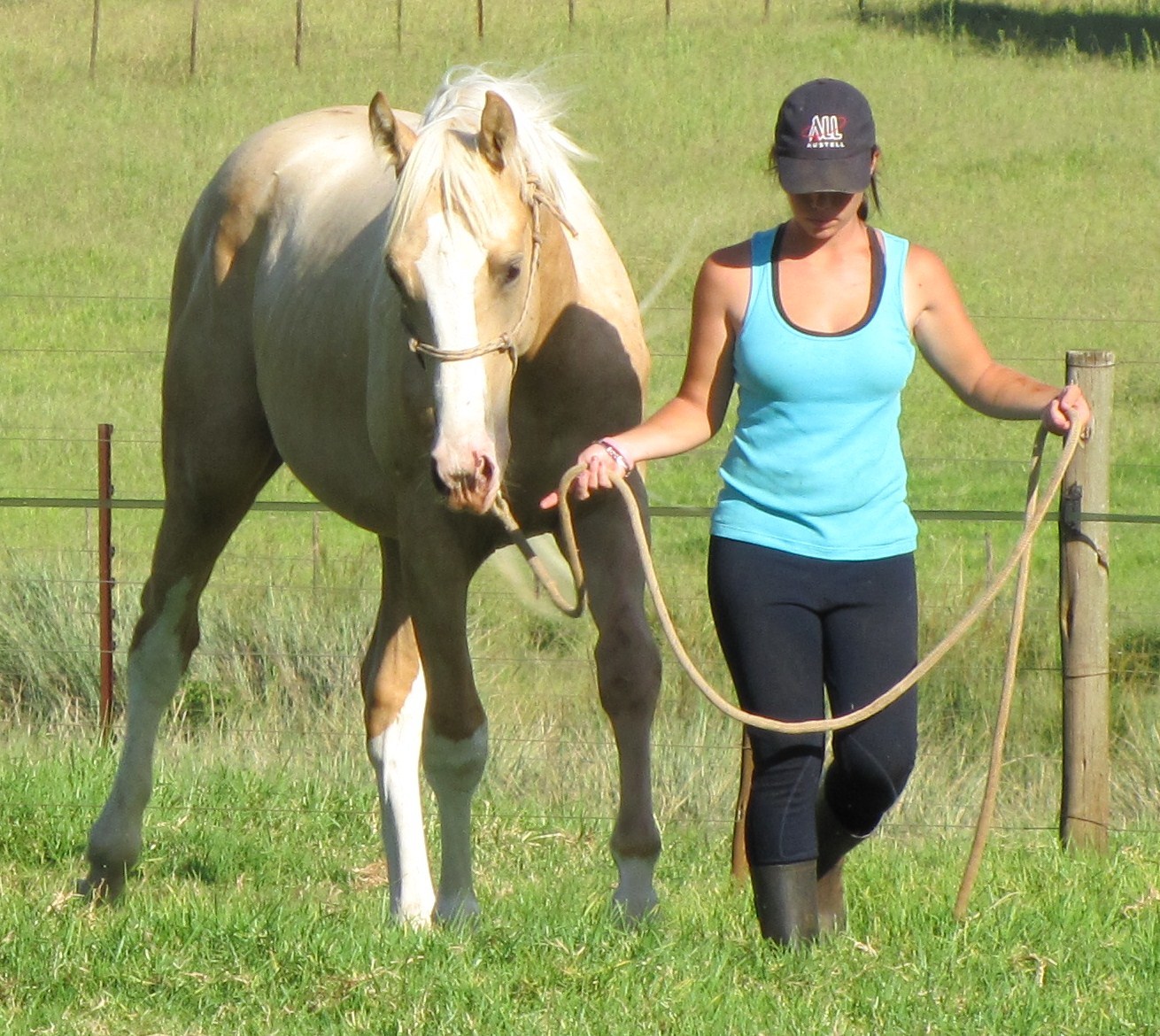
Step-by-Step Guide to Effective Leading Exercises
- Start with halter training: Begin by teaching your horse to lead with a halter and lead rope. Start in a quiet, enclosed area and practice leading your horse forward and backward, making sure to keep a steady and gentle pressure on the lead rope. Gradually increase the distance and duration of the exercises.
- Introduce ground driving: Once your horse is comfortable with halter training, move on to ground driving. Use long reins to steer your horse from behind as they walk forward. This exercise helps to improve coordination and responsiveness.
- Incorporate obstacle courses: Set up an obstacle course with poles, cones, and other objects to challenge your horse’s coordination and balance. Start with simple exercises and gradually increase the difficulty level. Obstacle courses can help build trust and confidence between you and your horse.
- Practice stopping and turning: Work on stopping and turning exercises to improve your horse’s responsiveness to your cues. Use the halter and lead rope to guide your horse’s movements and reward them for correct responses.
- Troubleshooting common issues: If your horse is resisting or pulling during leading exercises, try reducing the distance or changing the direction of the exercise. Use positive reinforcement techniques, such as treats or praise, to encourage good behavior. If your horse is consistently difficult during leading exercises, consider consulting with a professional trainer for additional guidance.
Make sure to always prioritize safety during leading exercises. Wear appropriate riding gear and never leave your horse unattended during training. With consistent practice and patience, effective leading exercises can greatly improve your horse’s training and strengthen your bond with them.
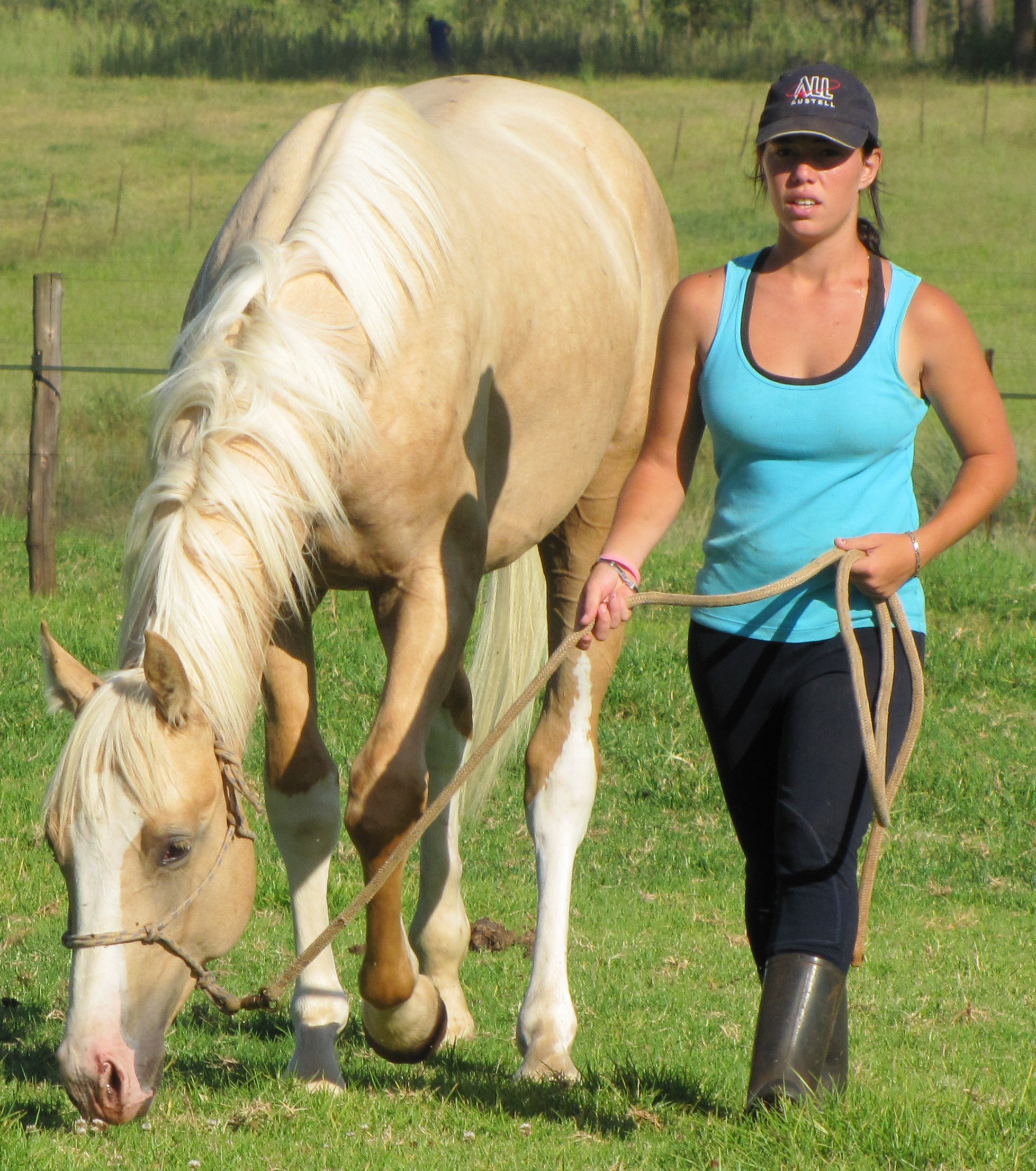
Advanced Techniques
In addition to the basic leading exercises, there are advanced techniques that can be used to take a horse’s training to the next level. These techniques require a higher level of skill and experience on the part of the handler, but can greatly benefit the horse’s overall training and performance.
- Lateral Work: Lateral work involves asking the horse to move sideways while being led. This can help develop the horse’s balance, coordination, and responsiveness to the handler’s cues. Examples of lateral work exercises include leg yielding, shoulder-in, and haunches-in.
- Long-lining: Long-lining is a technique where the horse is attached to two lines and is asked to move in a specific pattern. This can help develop the horse’s muscle tone and flexibility, as well as their responsiveness to the handler’s cues. Long-lining can also help prepare a horse for riding, as it simulates many of the movements and cues they will experience under saddle.
It is important to note that these advanced techniques should only be attempted by experienced handlers who have a solid foundation in basic leading exercises. Proper safety precautions should also be taken, such as using appropriate equipment and working in a safe, enclosed area.
By incorporating these advanced techniques into a horse’s training, handlers can help their horse develop greater strength, agility, and responsiveness, leading to a more well-rounded and successful equine athlete.
Conclusion
Mastering the basics of leading exercises is an important component of horse training. By incorporating various types of exercises, such as halter training, ground driving, and obstacle courses, handlers can establish trust, respect, and communication with their horses. When executed properly and with safety precautions in mind, these exercises can enhance a horse’s overall training and performance.
Advanced techniques such as lateral work and long lining will take a horse’s training to the next level. Because of this it is a good idea for all horse handlers to incorporate leading exercises into their horse training routine to improve their horse’s trust, respect, and overall performance.
Further reading
5 Types of Groundwork Exercises for Horses Practice leading at the walk, trot, halt, backing, and turning from alternate sides of your horse while he stays at your shoulder. This is really good for …
Lead exercises Leading is a Basis Groundwork exercise. Horsefulness Training distinguishes 3 types of lead exercises. First, you have to lead from the lead position.

